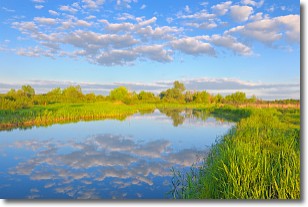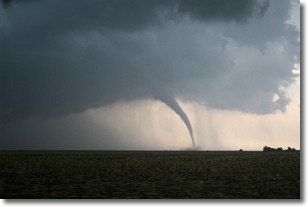Weather Alert in Minnesota
Flood Warning issued July 12 at 9:58PM CDT by NWS Twin Cities/Chanhassen MN
AREAS AFFECTED: Chippewa, MN; Lac qui Parle, MN; Yellow Medicine, MN
DESCRIPTION: ...The Flood Warning is extended for the following rivers in Minnesota... Minnesota River at Granite Falls HWY 212 affecting Chippewa, Renville and Yellow Medicine Counties. ...The Flood Warning continues for the following rivers in Minnesota... Minnesota River at Morton affecting Redwood and Renville Counties. Minnesota River at Montevideo affecting Chippewa, Lac qui Parle and Yellow Medicine Counties. ...The Flood Warning is cancelled for the following rivers in Minnesota... Minnesota River near Jordan affecting Sibley, Carver and Scott Counties. Minnesota River at New Ulm affecting Nicollet, Brown and Blue Earth Counties. .A couple of our forecast points along the Minnesota River have dropped back into Action Stage and are no longer in active flood, thus the warnings will be cancelled with additional rainfall holding off until early next week. The upstream forecast points at Morton, Montevideo, and Granite Falls remain in flood stage with Morton the sole remainder at Moderate, with a gradual decrease in river levels expected until additional rainfall arrives. * WHAT...Minor flooding is occurring and minor flooding is forecast. * WHERE...Minnesota River at Montevideo. * WHEN...Until further notice. * IMPACTS...At 17.0 feet, Storm sewers may need to be plugged to prevent water from backing up into streets. * ADDITIONAL DETAILS... - At 900 PM CDT Saturday, the stage was 15.6 feet. - Recent Activity...The maximum river stage in the 24 hours ending at 900 PM CDT Saturday was 15.7 feet. - Forecast...The river is expected to fall to 14.1 feet Saturday, July 19. - Flood stage is 14.0 feet. - Flood History...This crest compares to a previous crest of 15.6 feet on 06/26/1993.
INSTRUCTION: Turn around, don't drown when encountering flooded roads. Most flood deaths occur in vehicles. Caution is urged when walking near riverbanks.
Want more detail? Get the Complete 7 Day and Night Detailed Forecast!
Current U.S. National Radar--Current
The Current National Weather Radar is shown below with a UTC Time (subtract 5 hours from UTC to get Eastern Time).

National Weather Forecast--Current
The Current National Weather Forecast and National Weather Map are shown below.

National Weather Forecast for Tomorrow
Tomorrow National Weather Forecast and Tomorrow National Weather Map are show below.

North America Water Vapor (Moisture)
This map shows recent moisture content over North America. Bright and colored areas show high moisture (ie, clouds); brown indicates very little moisture present; black indicates no moisture.

Weather Topic: What are Stratocumulus Clouds?
Home - Education - Cloud Types - Stratocumulus Clouds
 Next Topic: Stratus Clouds
Next Topic: Stratus Clouds
Stratocumulus clouds are similar to altocumulus clouds in their
fluffy appearance, but have a slightly darker shade due to their additional mass.
A good way to distinguish the two cloud types is to hold your hand out and measure
the size of an individual cloud; if it is the size of your thumb it is generally
an altocumulus cloud, if it is the size of your hand it is generally a
stratocumulus cloud.
It is uncommon for stratocumulus clouds to produce precipitation, but if they do
it is usually a light rain or snow.
Next Topic: Stratus Clouds
Weather Topic: What are Wall Clouds?
Home - Education - Cloud Types - Wall Clouds
 Next Topic: Altocumulus Clouds
Next Topic: Altocumulus Clouds
A wall cloud forms underneath the base of a cumulonimbus cloud,
and can be a hotbed for deadly tornadoes.
Wall clouds are formed by air flowing into the cumulonimbus clouds, which can
result in the wall cloud descending from the base of the cumulonimbus cloud, or
rising fractus clouds which join to the base of the storm cloud as the wall cloud
takes shape.
Wall clouds can be very large, and in the Northern Hemisphere they generally
form at the southern edge of cumulonimbus clouds.
Next Topic: Altocumulus Clouds
Current conditions powered by WeatherAPI.com




